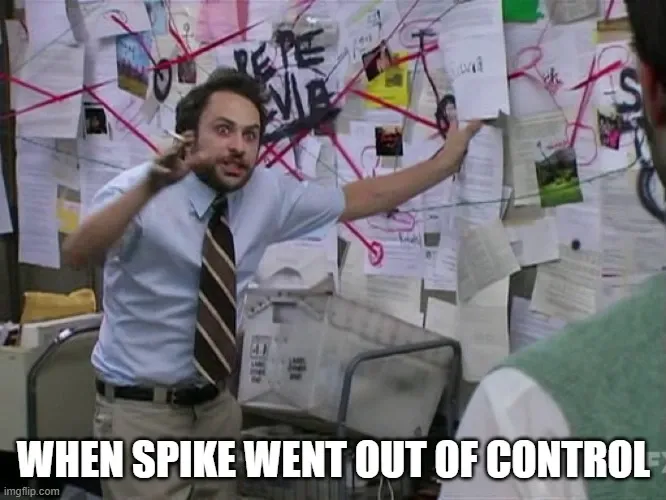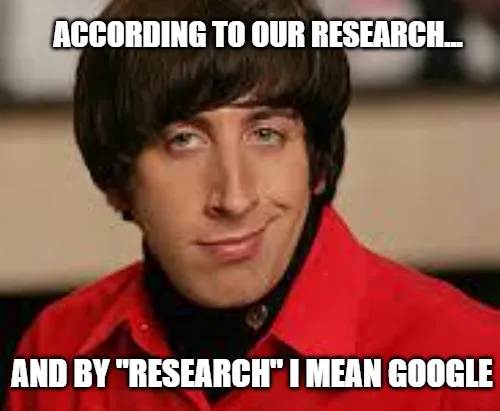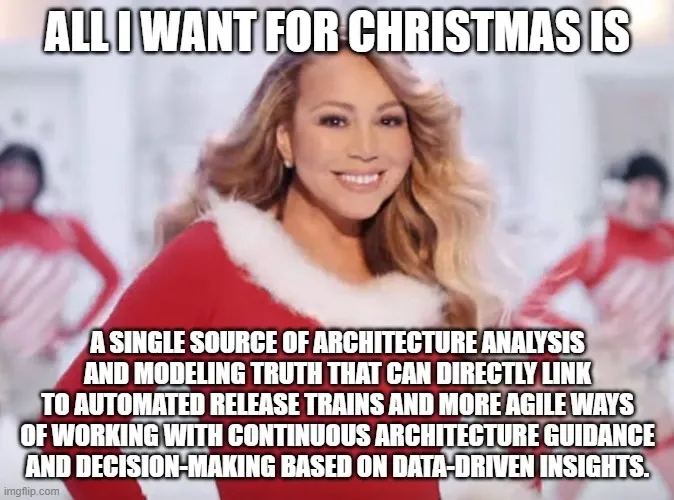Agile Mindset vs. Agile Frameworks: Striking the Right Balance for Success

Published on 11 February 2025 by Zoia Baletska
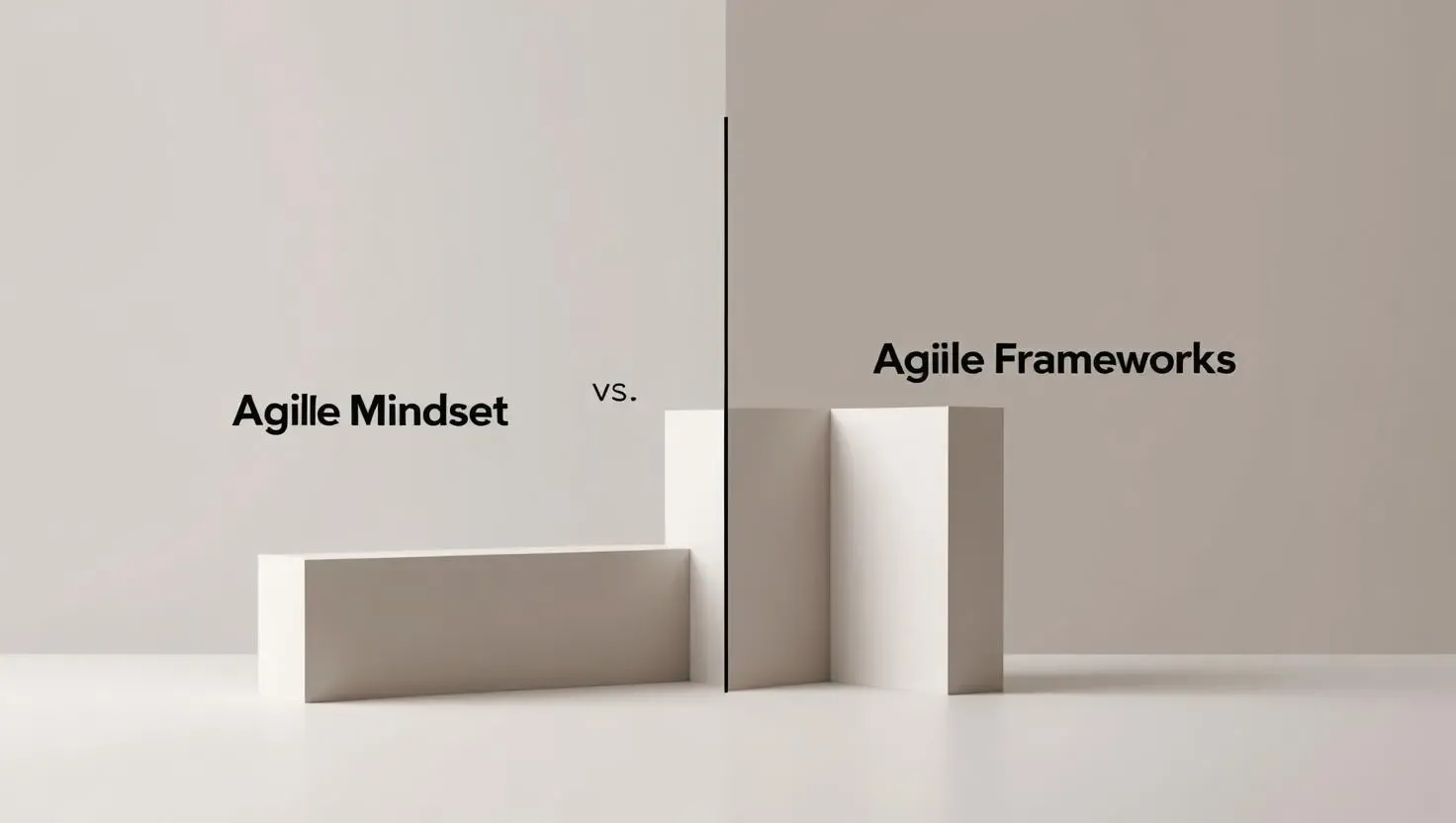
In today’s fast-paced digital landscape, Agile has become a buzzword synonymous with efficiency, flexibility, and customer-centric development. However, organizations often fall into the trap of focusing solely on Agile frameworks without cultivating the underlying Agile mindset. Understanding the distinction between the two and why they are both essential can lead to more successful Agile transformations.
What is an Agile Mindset?
An Agile mindset is a cultural and philosophical approach to work that emphasizes adaptability, collaboration, and continuous improvement. It embodies core values and principles derived from the Agile Manifesto, which promotes:
-
Customer collaboration over contract negotiation
-
Responding to change over following a plan
-
Individuals and interactions over processes and tools
-
Working solutions over comprehensive documentation
An Agile mindset encourages teams to embrace uncertainty, take ownership of their work, and continuously seek feedback to improve outcomes. It is a way of thinking and behaving that supports a culture of learning, innovation, and resilience.
What are Agile Frameworks?
Agile frameworks are structured methodologies that provide a set of practices and guidelines for implementing Agile principles. Some of the most popular Agile frameworks include:
-
Scrum: A framework that divides work into sprints and promotes iterative progress through regular ceremonies such as stand-ups, retrospectives, and reviews.
-
Kanban: A visual workflow management method that helps teams optimize their work by visualizing tasks, limiting work in progress, and improving flow.
-
SAFe (Scaled Agile Framework): A framework that helps larger enterprises implement Agile principles across multiple teams and departments.
-
Lean: A framework focused on eliminating waste and delivering value with minimal resources.
Each framework offers practical tools and techniques to manage workflows and deliver value efficiently, but without an Agile mindset, these frameworks can become rigid processes that miss the core purpose of agility.
Why Both the Agile Mindset and Agile Frameworks Are Essential
Frameworks Provide Structure; Mindset Drives Behavior
Agile frameworks offer a structured approach to implementing Agile, helping teams organize their work efficiently. However, without the Agile mindset, teams may rigidly follow frameworks without adapting to the evolving needs of the business.
Mindset Fosters Adaptability; Frameworks Offer Guidance
An Agile mindset empowers teams to be adaptable and open to change, ensuring that they can pivot when necessary. Frameworks, on the other hand, provide the necessary guidance to channel this adaptability into actionable workflows.
Sustainable Agility Requires Both
Organizations that rely solely on frameworks may find short-term success but struggle with long-term sustainability. Cultivating an Agile mindset ensures that teams continuously improve, while frameworks help maintain order and consistency.
Collaboration and Communication
The Agile mindset promotes open communication and collaboration, ensuring that frameworks are not treated as rigid rules but as tools to enhance teamwork and problem-solving.
Continuous Improvement
While Agile frameworks encourage iteration, an Agile mindset ensures that teams are committed to learning from their experiences and improving continuously.
How to Cultivate an Agile Mindset Alongside Frameworks
-
Encourage a Culture of Learning: Provide opportunities for teams to learn about Agile values and how they apply to their work beyond just following processes.
-
Empower Teams: Give teams the autonomy to make decisions and own their processes, promoting a sense of responsibility and accountability.
-
Focus on Outcomes, Not Just Outputs: Measure success by customer satisfaction and business value rather than just meeting framework-specific deliverables.
-
Promote Transparency: Foster an environment where feedback is welcomed, and challenges are openly discussed.
-
Leverage Tools Like Agile Analytics: Platforms such as Agile Analytics can provide actionable insights into both process efficiency and team agility, ensuring that frameworks and mindset align for better outcomes.
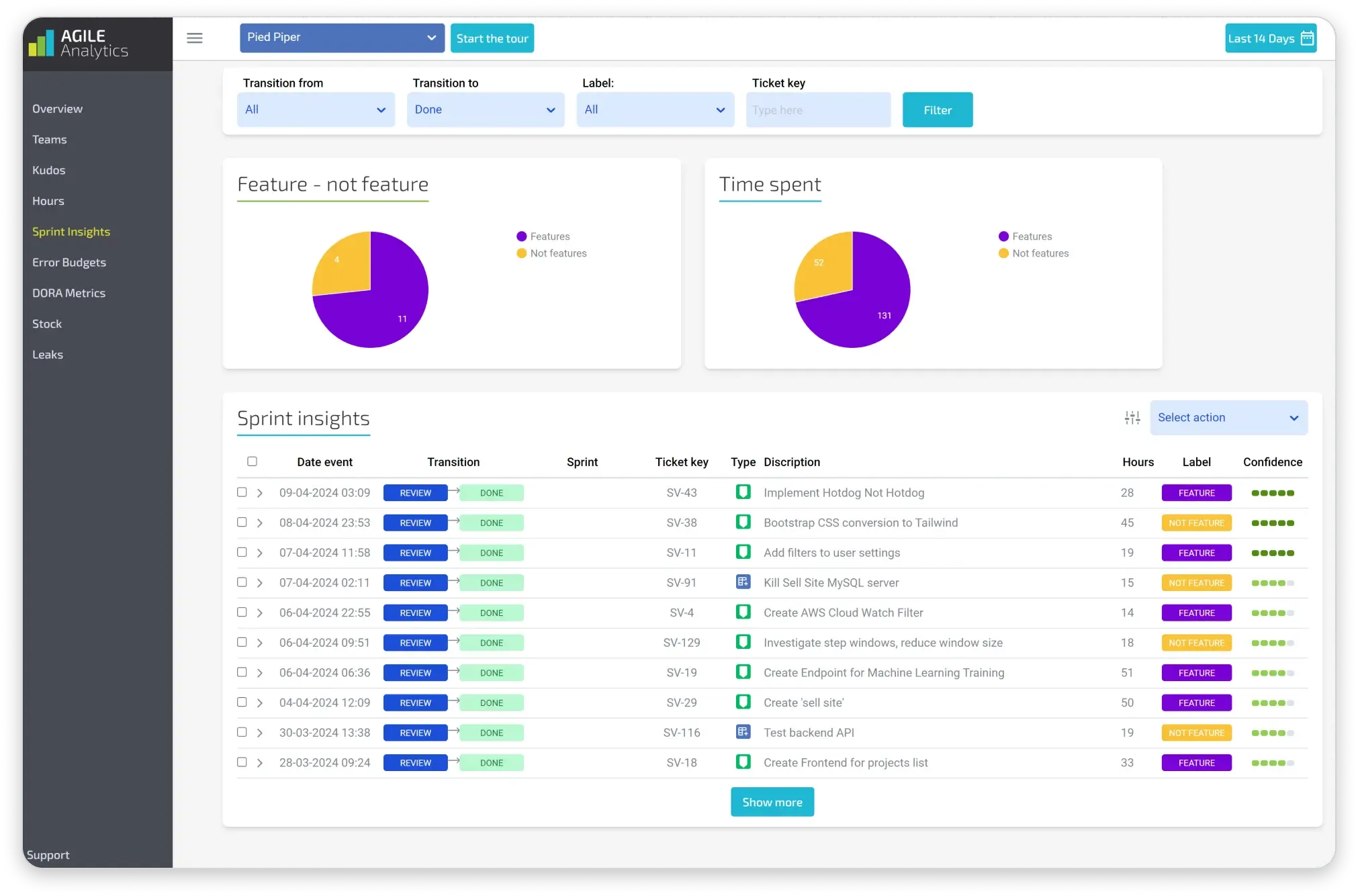
Sprints Insights in Agile Analytis
Embracing both an Agile mindset and Agile frameworks is crucial for organizations aiming for true agility. While frameworks provide the necessary structure to implement Agile practices, the mindset ensures that these frameworks are used flexibly and effectively. By fostering an Agile mindset alongside implementing frameworks, organizations can achieve sustainable growth, improved team collaboration, and better adaptability to change.
Supercharge your Software Delivery!
Implement DevOps with Agile Analytics
Implement Site Reliability with Agile Analytics
Implement Service Level Objectives with Agile Analytics
Implement DORA Metrics with Agile Analytics

